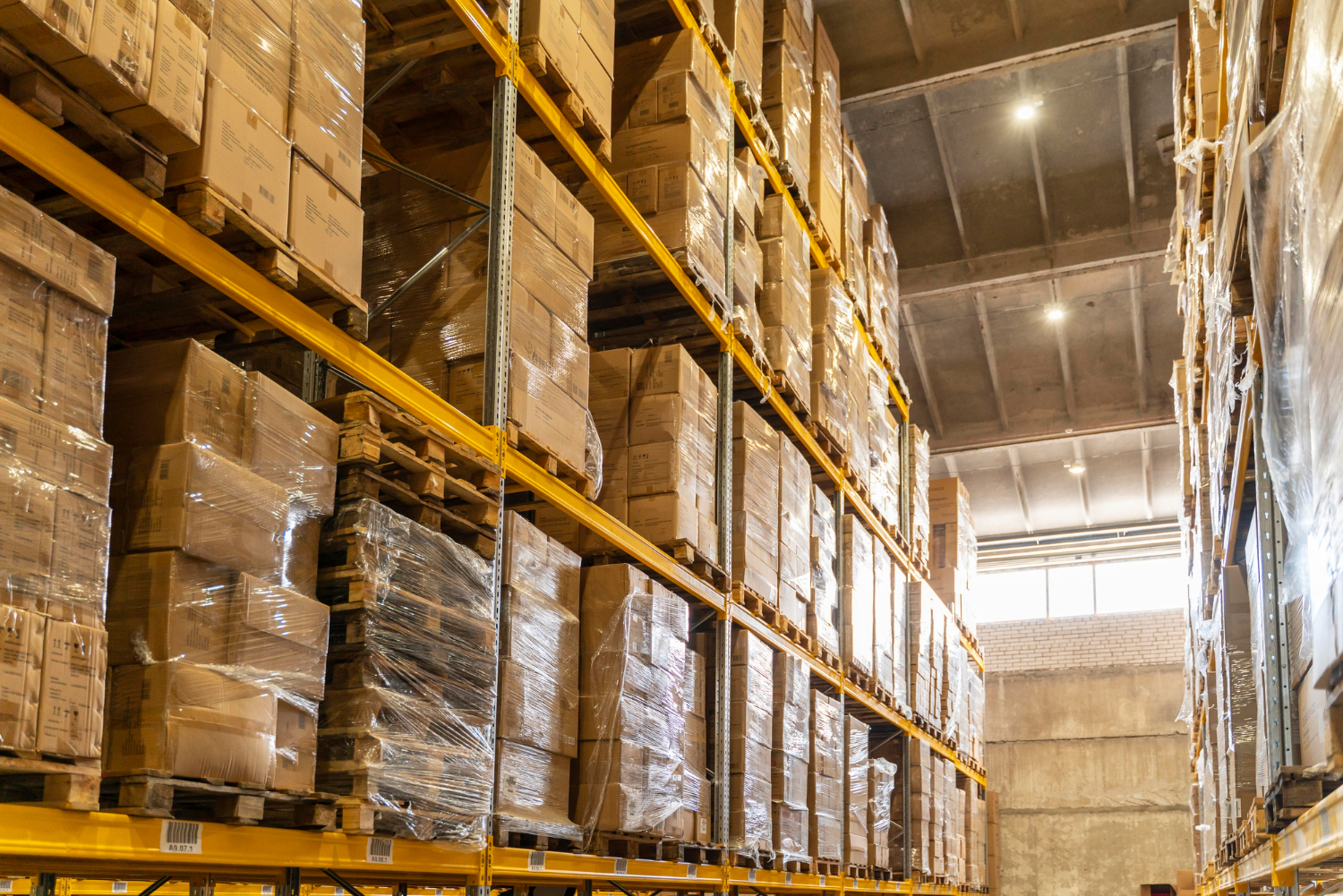In the era of rapid e-commerce growth and global supply chains, warehouse efficiency is more critical than ever. Automated Storage and Retrieval Systems (ASRS) are revolutionizing how companies store, handle, and move goods. A key component of these systems is the ASRS Pallet, a specially designed platform that optimizes space utilization, improves handling precision, and integrates seamlessly with automated equipment. But what makes these pallets different from standard ones, and how does the technology behind them work? This article takes a detailed look at the science, engineering, and innovation driving ASRS pallet technology.
The Role of Pallets in Automated Storage and Retrieval Systems
At the most basic level, pallets serve as the foundational platform for goods during storage and transport. However, in an ASRS environment, pallets must do more than simply hold products—they must interface flawlessly with conveyor belts, automated cranes, shuttles, and robotic arms.
This means that dimensions, weight distribution, and structural integrity are engineered with extreme precision. The pallet must be durable enough to withstand repeated handling cycles while remaining light enough to minimize the energy required for automated movement.
Engineering Precision: Design Considerations
1. Load Capacity and Material Strength
An ASRS pallet is often manufactured from reinforced plastics, high-strength metals, or engineered composites. These materials resist warping, cracking, and deformation under high loads, which is essential for robotic accuracy.
2. Dimensional Consistency
Automated systems depend on exact measurements. A variance of even a few millimeters can cause misalignment during retrieval, leading to delays or operational stoppages. This is why ASRS pallets are produced under strict manufacturing tolerances.
3. Surface and Edge Design
Smooth, uniform surfaces reduce friction during automated transfers, while specially designed edges allow precise gripping by robotic arms or conveyor rollers. Some pallets feature beveled corners to aid in automated centering during movement.
Smart Features: Integrating Technology into Pallets
The evolution of ASRS pallets goes beyond materials and geometry. Many modern pallets integrate smart technology to communicate with warehouse management systems.
- RFID Tags: These enable instant identification and tracking without manual scanning.
- IoT Sensors: Embedded sensors can monitor load weight, temperature, and even vibrations during movement.
- Data Integration: Real-time data from pallets can help optimize inventory placement and predict maintenance needs for warehouse equipment.
Automation Compatibility: How ASRS Pallets Interact with Machinery
An ASRS setup typically consists of vertical storage racks, high-speed lifts, conveyors, and robotic pickers. For this network to operate smoothly, the pallet must be designed to match the handling equipment’s specifications.
- Conveyor Systems: The pallet’s base must fit perfectly on rollers or belts, with minimal friction and noise.
- Automated Cranes: Pallet slots and under-structure features allow cranes to lift and move them without shifting loads.
- Shuttle Systems: Pallets often include guide rails or locking grooves for seamless docking with automated shuttles.
Environmental and Sustainability Considerations
Sustainability is becoming a core design principle in pallet technology. Manufacturers are increasingly turning to recyclable materials and modular designs that allow for easy repair rather than full replacement.
Energy efficiency is another factor—lighter pallets reduce the energy needed for transportation within automated systems. Additionally, some pallets are designed to be collapsible or nestable when empty, maximizing return shipment efficiency.
The Benefits of Using ASRS Pallet Technology
1. Improved Accuracy
By eliminating the variability of manual handling, ASRS pallets reduce misplacement and product damage.
2. Enhanced Speed
Their compatibility with automated systems allows for rapid movement of goods with minimal downtime.
3. Cost Savings
Reduced labor needs, fewer damaged goods, and optimized storage density translate into significant long-term savings.
4. Scalability
Businesses can expand warehouse capacity without major infrastructure overhauls by simply adding more ASRS-compatible pallets and modules.
Challenges and Future Trends in ASRS Pallet Development
While ASRS pallet technology is impressive, there are ongoing challenges:
- Initial Investment Costs: High-quality materials and precise engineering make these pallets more expensive upfront.
- System Integration: Existing warehouses must adapt their infrastructure to accommodate ASRS pallets.
- Technological Upgrades: As automation evolves, pallet designs will need to keep pace with new machinery specifications.
Looking ahead, we can expect more AI-driven optimization, self-reporting pallets that alert maintenance crews to wear and tear, and materials with built-in antimicrobial properties for industries like food and pharmaceuticals.
Conclusion:-
The technology behind ASRS pallets represents the intersection of mechanical engineering, materials science, and automation. From precise manufacturing tolerances to integrated smart tracking features, these pallets are built for speed, accuracy, and durability in the most demanding warehouse environments. For companies seeking to modernize their logistics infrastructure, investing in high-quality ASRS pallet systems can be a game-changer. Among the innovative suppliers in this field, Kole Pallet stands out for its commitment to advanced materials, precision engineering, and sustainable solutions—helping businesses achieve greater efficiency in the age of automation.
